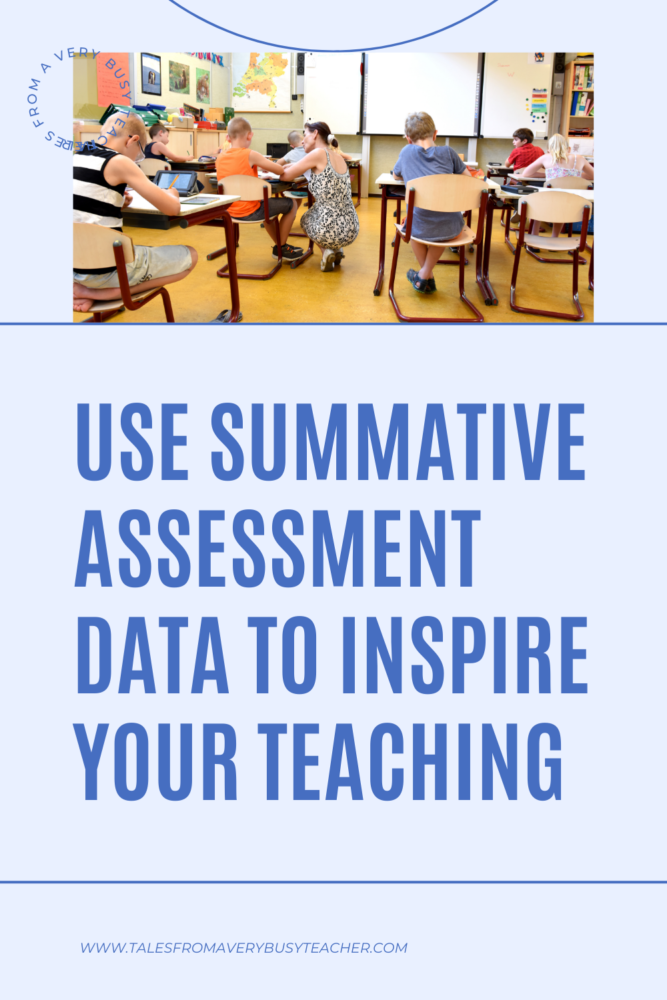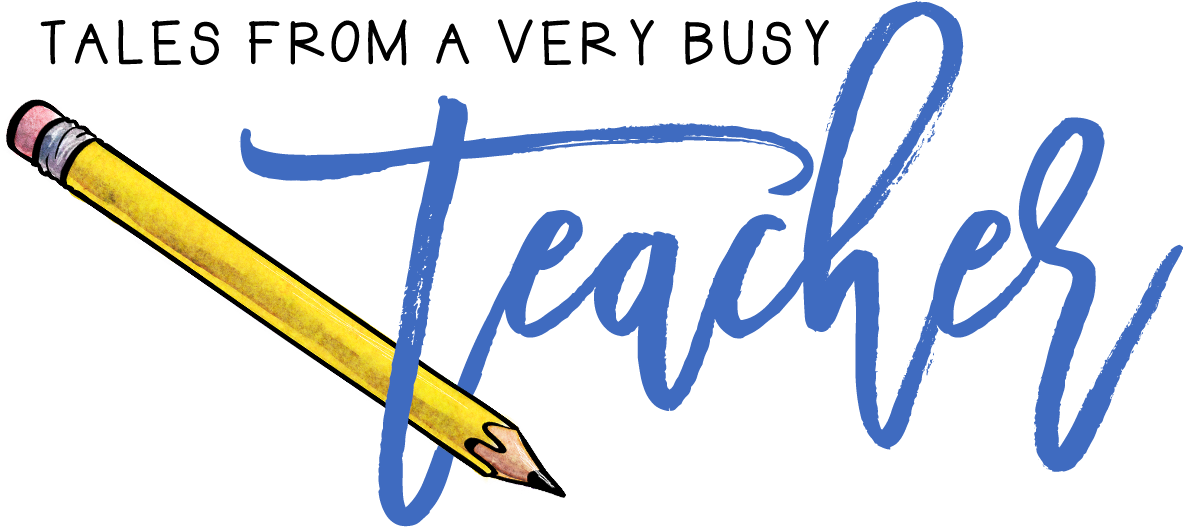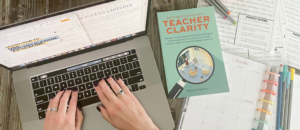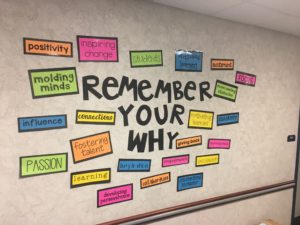State testing season is over, and the data is in. While you can’t rewind and adjust instruction for this year’s students, summative assessment data offers a goldmine of information to propel your teaching practices forward in the new year.
Here’s how to use those test results to transform your classroom:
Identify Learning Gaps, Not Just Low Scores
Don’t get bogged down in overall numbers. Look for patterns within the data. Are there specific standards or skills where your class as a whole struggled? Did certain question types cause trouble? This granular analysis helps you pinpoint exactly where to focus your efforts for next year.
Tailor Your Instruction with Summative Assessment Data
One size doesn’t fit all. Use the data to differentiate your instruction. If students struggled with specific standards, you might want to consider small group instruction for those skills this coming school year. It might also be helpful to think about the teaching strategies you used when teaching those skills. Could there have been a different way to teach those skills? Also, take note of the standards by which students excelled. This can be attributed to the strategies you used to teach those standards and it should be celebrated. Challenge yourself to use those strategies with different standards this coming school year.
Rethink Your Curriculum Based on Summative Assessment Data
Summative assessments can reveal if your curriculum aligns with tested standards. Are there areas that need more emphasis? Perhaps there are essential skills not adequately covered. Use the data to inform curriculum adjustments and ensure your students are fully prepared for future assessments. As a grade-level team, school, or district, you might need to revisit pacing guides and assessment options and ensure the standards are being taught.
Reflect on Your Teaching
Be honest with yourself. Did your teaching methods resonate with the learning styles of your students? Did you provide enough practice on tested concepts? Use the data as a springboard for self-reflection and identify areas where you can improve your delivery or teaching strategies.
Collaborate with Summative Assessment Data
Don’t go it alone! Share your findings with colleagues, especially those teaching the same grade level. Discuss common areas of struggle and brainstorm solutions together. This collaborative approach can lead to richer learning experiences for all students.
Remember…
Summative assessments are just one piece of the puzzle. Consider incorporating formative assessments throughout the year to continuously monitor student progress and adjust instruction on the fly.
By transforming summative assessment data into actionable insights, you can step into the new year with a renewed sense of purpose and empowered with the knowledge to create a thriving learning environment for all your students.
Want to support this conversation in your PLC? Download these talking points to use during your collaborative planning meetings.
For more teaching ideas, make sure to become a subscriber.





